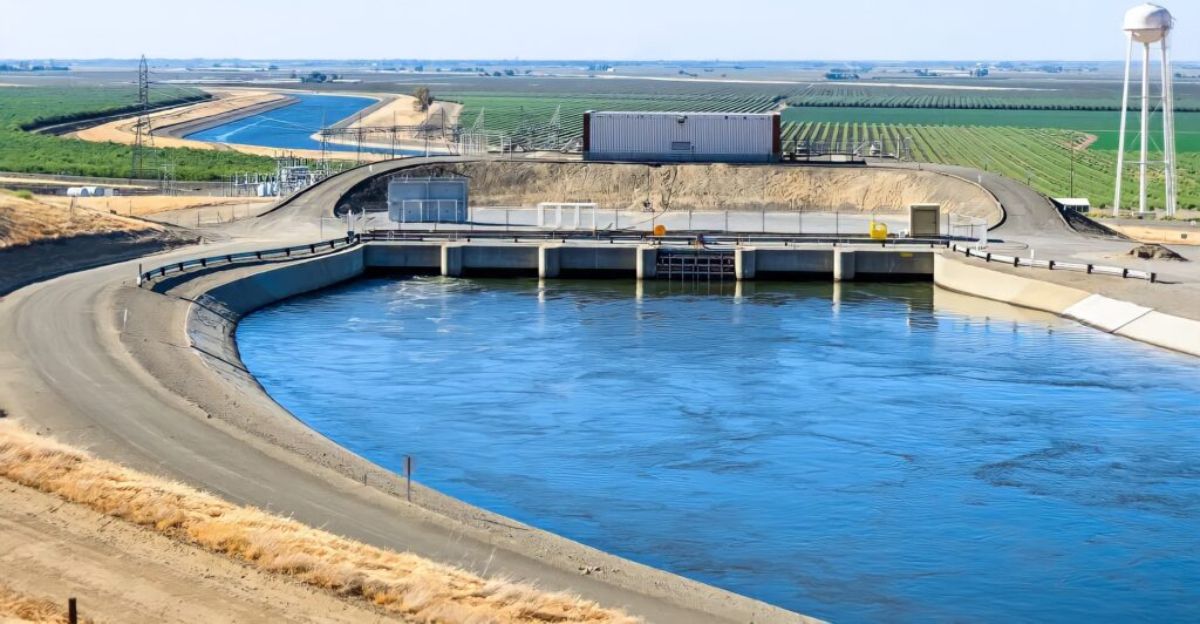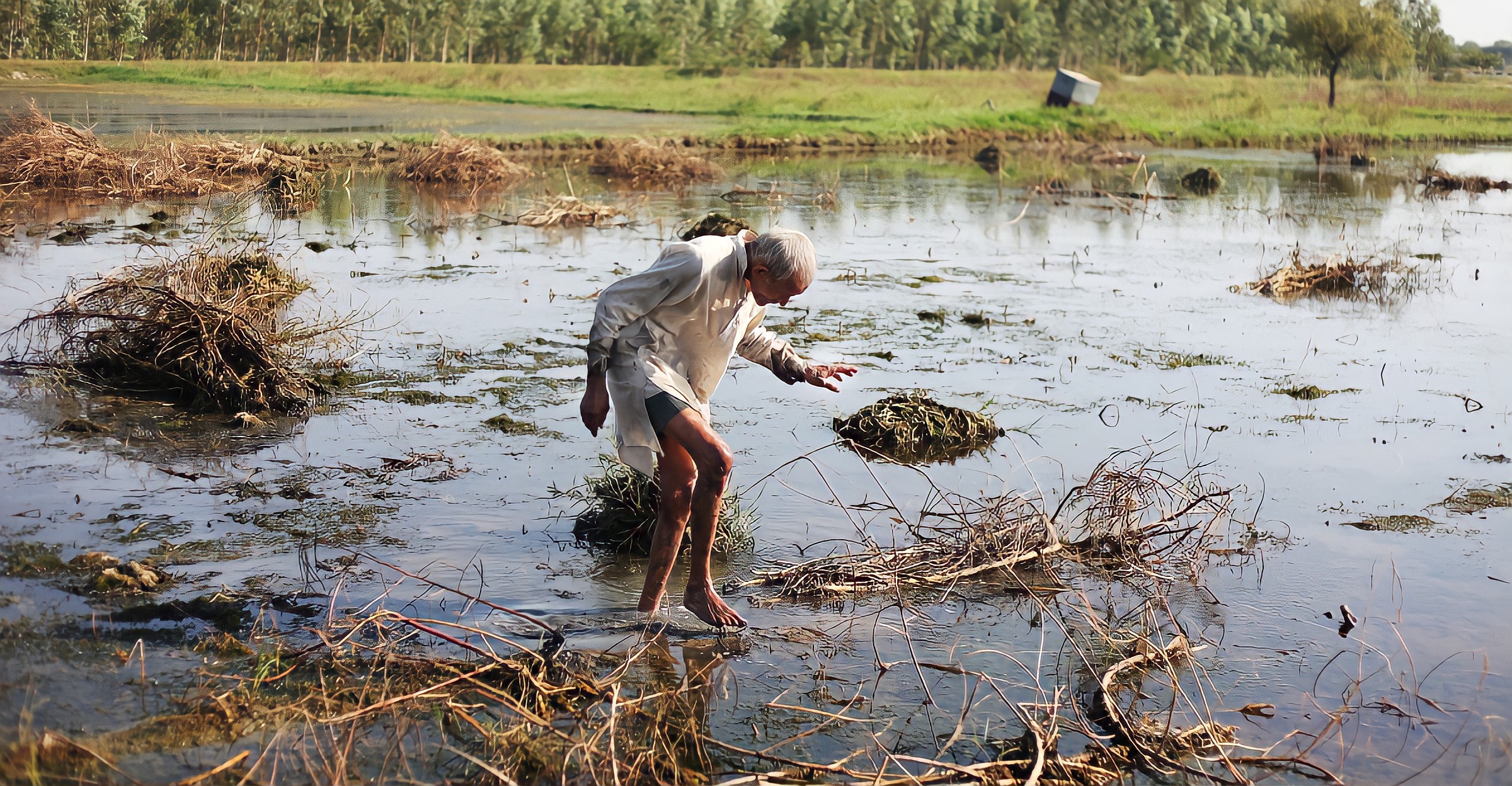
In January, 2.2 billion gallons of water were dumped into a dry California lakebed, sparking outrage and confusion. This massive release, ordered by the Trump administration, was meant to help fight wildfires—but instead, it wasted precious water in a state already facing severe drought. What went wrong, and how could this misstep impact farmers and wildlife?
Political Posturing vs. Practical Need

Framed as a wildfire-fighting measure, the release ignored the reality of California’s water systems. The reservoirs serve farmers in the Central Valley, not firefighting efforts. Trump’s rhetoric about “turning on the faucets” failed to address the complexity of water management, showing how political stunts can undermine practical governance.
Farmers Face Devastating Consequences

The release left Central Valley farmers without critical water needed for summer crops. Already struggling with drought conditions, they now face reduced crop yields, higher food prices, and economic instability. A failed water release worsens an already dire situation for one of the nation’s most important agricultural regions.
Ecological Fallout—A Delicate Balance Disrupted

The rushed release disturbed carefully managed ecosystems. Water systems designed to balance human needs with environmental protections were upended. Long-term impacts on wildlife populations—especially fish and wetland species—are inevitable, potentially triggering cascading effects that may devastate California’s fragile ecosystems.
Flood Risks and Unintended Consequences

Senator Adam Schiff warned of flood risks from uncoordinated water releases. Lack of preparation made the decision even more reckless, posing significant threats to local communities. This echoes past failures in California’s water management, like the Oroville Dam crisis in 2017, showing how poor planning can create disastrous outcomes.
A Pattern of Mismanagement

The 2.2 billion-gallon release fits a troubling pattern in Trump’s handling of California water policies. From attacking environmental protections to misjudging the needs of the state, his decisions consistently prioritized short-term political gain over sustainable water management. This failure is part of a larger pattern of neglecting expert advice.
Economic Ripple Effects—Beyond the Fields

The water shortage has a ripple effect on industries dependent on California agriculture. Reduced crop yields could lead to food price hikes and inflation, especially for staple crops like almonds and citrus fruits. This crisis will ripple through food processing, exports, and the broader economy, affecting consumers nationwide.
Deepening Federal-State Tensions

The release fueled political tension between the federal government and California. It highlighted the struggle over states’ rights and federal overreach, especially in managing natural resources. The misstep may galvanize state leaders and activists to demand greater control over California’s water resources, pushing for new policies.
Undermining Trust in Institutions

This failure further erodes public trust in government institutions. The chaotic execution of the water release undermines confidence in agencies like the Army Corps of Engineers and federal oversight bodies. The federal government’s disregard for coordination shows the dangers of dysfunction and lack of transparency in managing critical resources.
Long-Term Agricultural Decline

Farmers, losing trust in the reliability of water supplies, may shift away from water-intensive crops or exit the industry altogether. This could have long-lasting effects on California’s agricultural landscape. Reduced water access could permanently alter the future of farming in the state, transforming one of the nation’s food capitals.
Ecological Tipping Points

Erratic water releases are stressing already fragile ecosystems. Climate change and erratic water management increase the risk of ecological collapse. Vulnerable wildlife populations, such as those in the Tulare Lake basin, face even more pressure. California’s natural habitats, already strained, could reach irreversible tipping points.
Public Outrage and Reform Momentum

The water waste sparked public outrage, which could fuel efforts for reform. Calls to protect state-managed water systems from politically motivated interference may gain traction. The push for stricter oversight and a more transparent process could reshape how federal and state agencies manage critical resources in the future.
Lessons Learned—A Path Toward Change

The Trump administration’s 2.2 billion-gallon blunder serves as a critical lesson in resource management. It emphasizes the need for strategic planning, coordination with local agencies, and sensitivity to the needs of both people and ecosystems. To avoid future crises, comprehensive reform in water management policies is urgently needed.
Explore more of our trending stories and hit Follow to keep them coming to your feed!

Don’t miss out on more stories like this! Hit the Follow button at the top of this article to stay updated with the latest news. Share your thoughts in the comments—we’d love to hear from you!







